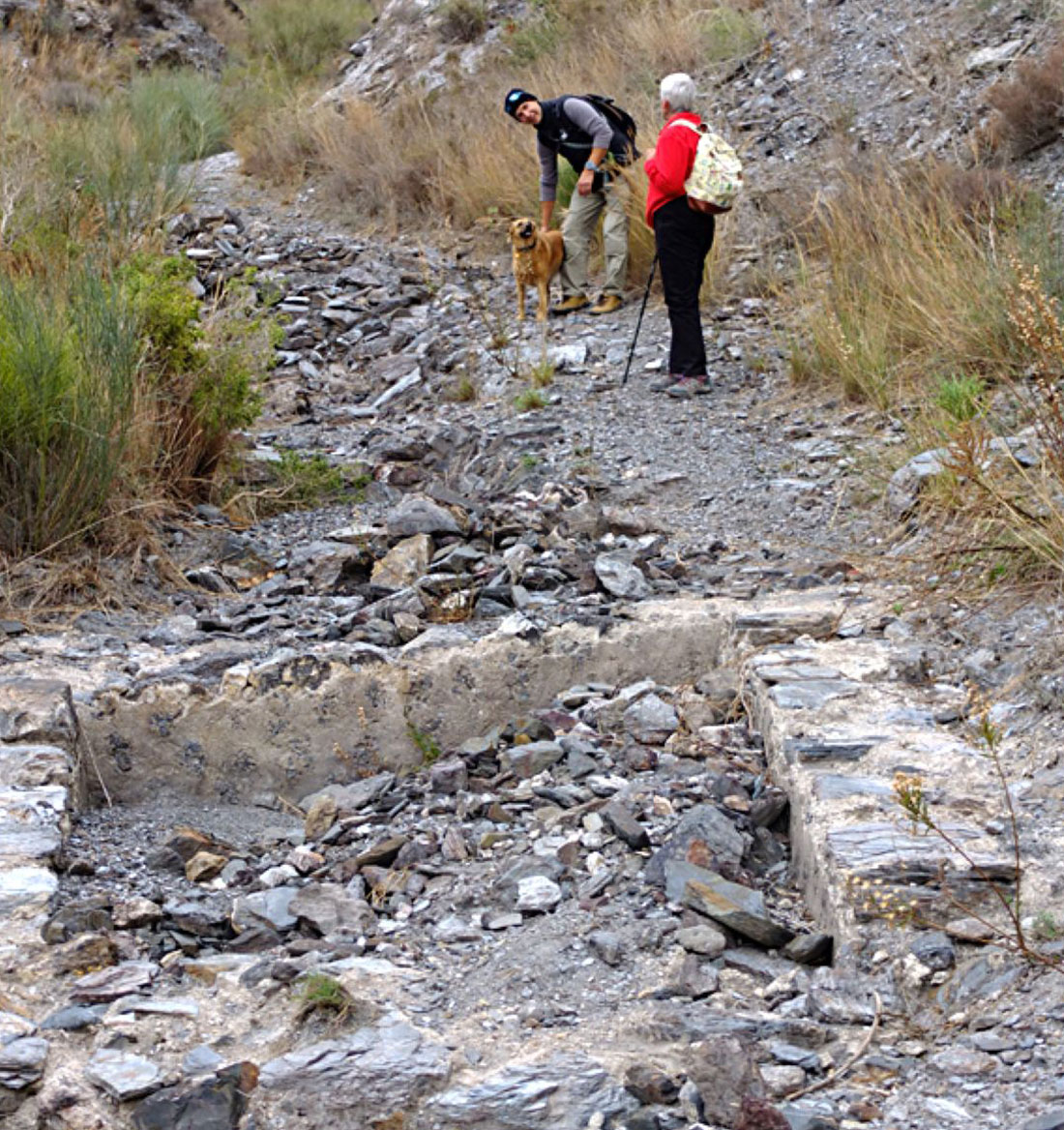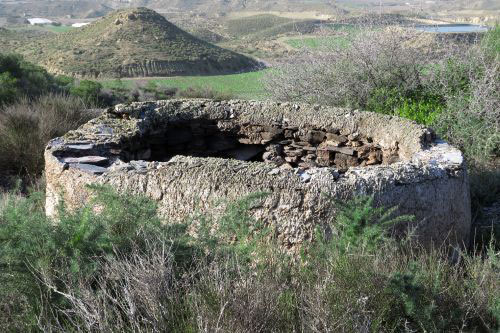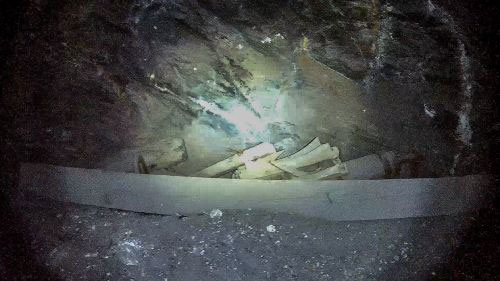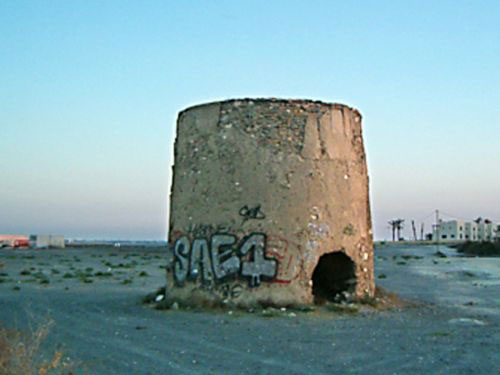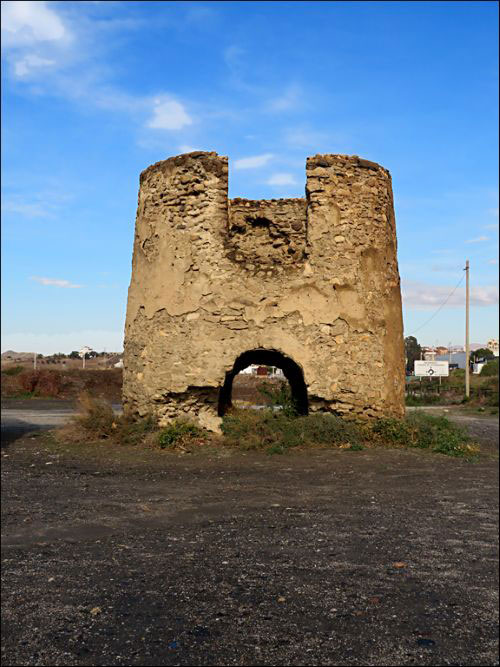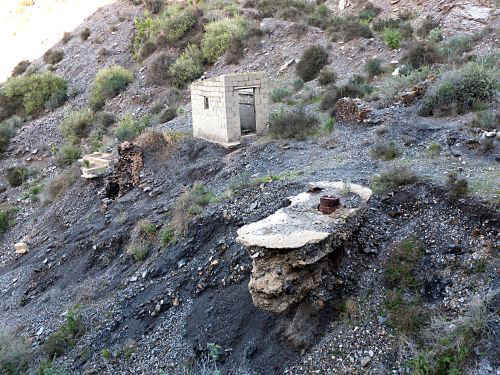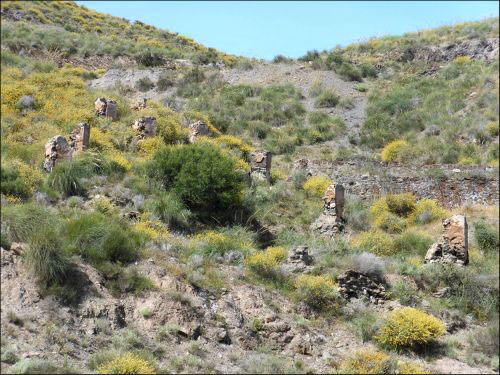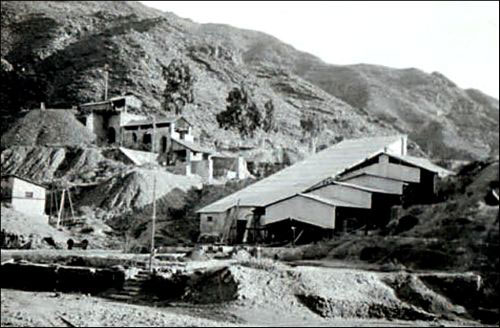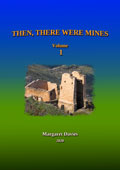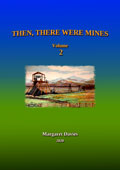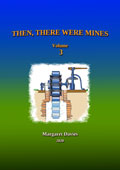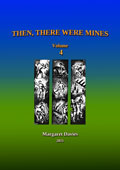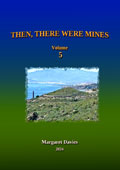Revealing more of the Almagrera’s secrets
One of the fascinating things about the Sierra Almagrera and its surroundings is its ability to confound even the most learned. I am certainly not alone in making mistakes. Research is about re-searching, looking for more, discovering more, and learning more. It is about revising assumptions, modifying ideas and correcting any mistakes. This portal is for all of those things, but it is a swing door. Your thoughts and knowledge can pass through it too. Over the years I have been wrong many times and have had to correct things, so, I will not be offended if you can supply supported contrary information.
An invitation accepted
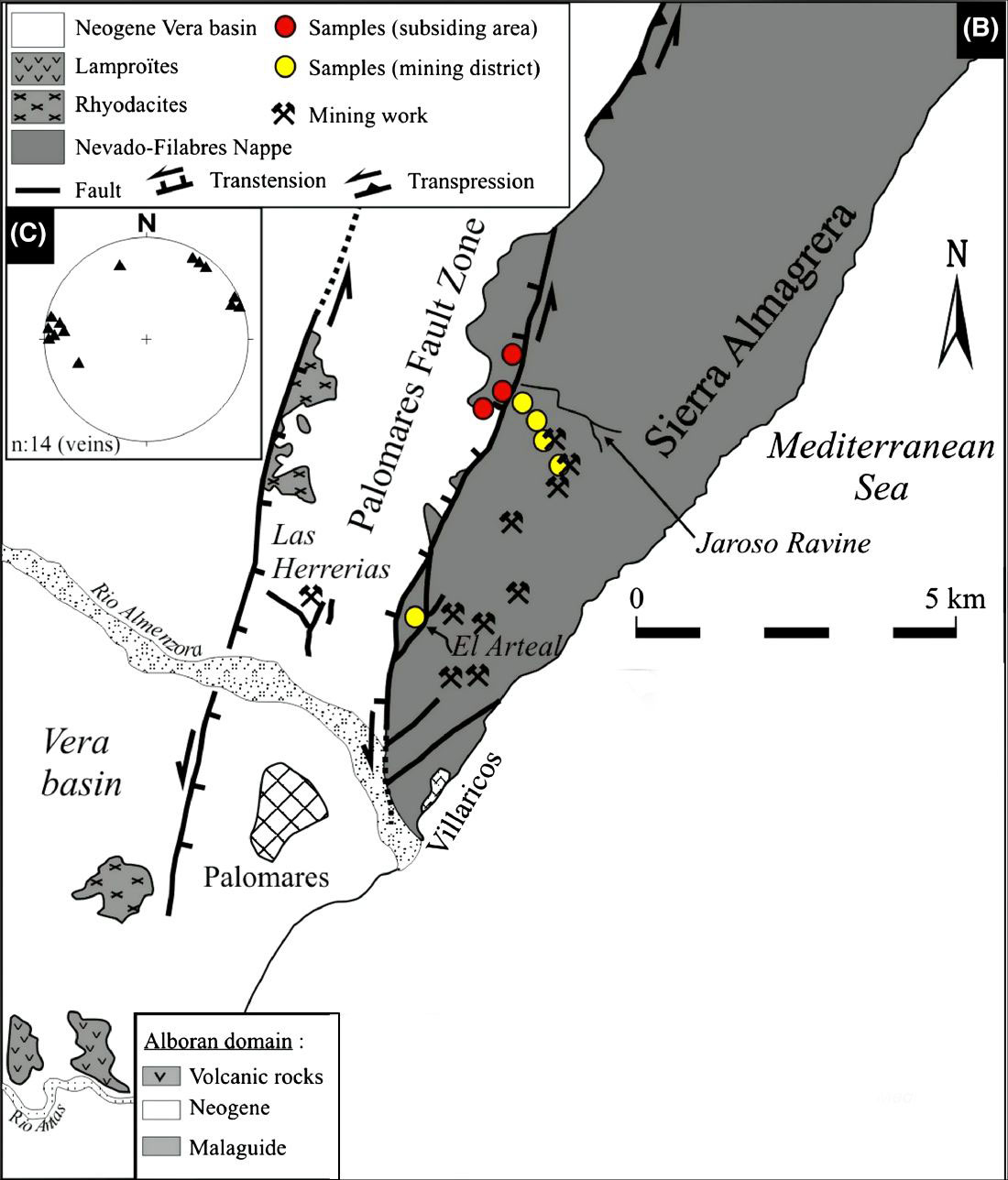
I am grateful to those who have accepted this invitation and who, through their own knowledge and research, have provided me with valuable information. One such was an eminent researcher of sedimentology and fluvial/estuarine morphodynamics, now retired, but who spends part of the year in Los Lobos. While he recognised that I, as a complete novice, had made a good fist of explaining the geography and geology of the Sierra Almagrera in the first chapter of Volume One, he proposed a substitute. As this would have meant that my long suffering husband would have had to re-format the entire volume, I have attached Dr. Janrik van de Berg’s suggested text verbatim here.
Read Dr. van de Berg’s Geography and Geology of the Sierra Almagrera PDF.
A chance encounter
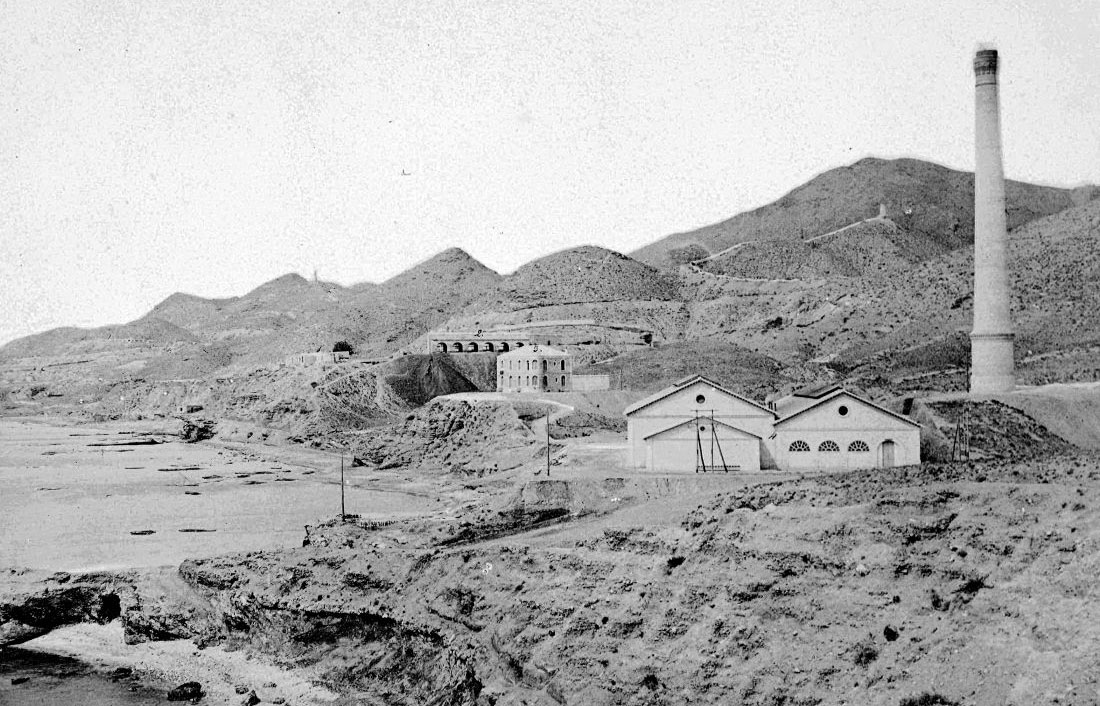
Since I wrote about the power station in Volume 2 of Then There Were Mines I have found two old photographs of it and, by pure chance, an article in El Minero de Almagrera dated 20.04.1902 detailing the machinery used in it. To my surprise, it also contained a hidden gem that turns perceived wisdom on its head, but which raises more questions.
View or download New Discoveries - The Pipe On The Beach PDF.
A fascinating read
2024 saw the publication of the first book in Spanish about the area for more than a decade, the Atlas Illustrado de las Fundiciones del Levante Almeriense by Juan Antonio Soler Jódar, Antonio González Jódar, José Berruezo García, and Magda Navarro Arías. It is a fascinating read. In it I had the answer to some things which had puzzled me and had whole new things revealed.
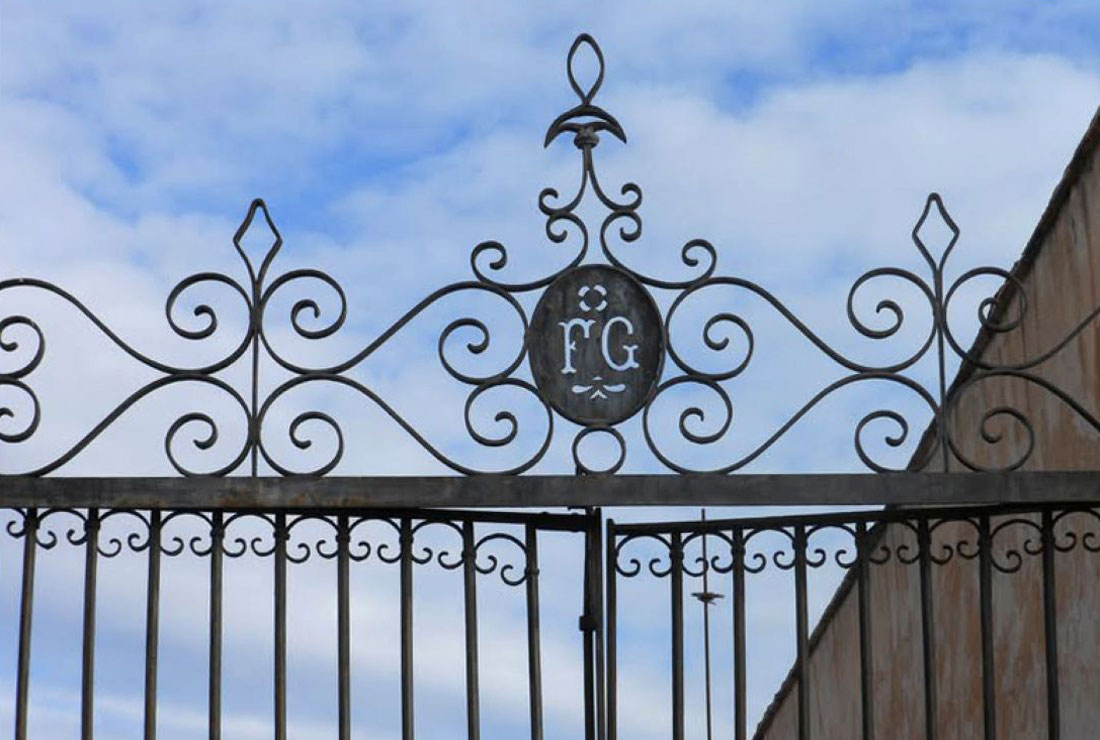
The puzzle of the monogram on the gates of the Araucana foundry in Las Rozas was something that I had wondered about for years. Whose initials were they? Now I know. La Compañía de Águilas sold the foundry to Luis Siret’s associate Balthasar Flores in 1908. His son Miguel Flóres González Grano de Oro converted it for agricultural use when he inherited it. He had his initials F. G. (Flores- González) incorporated in the imposing entrance gate and the property is still in the family’s hands.
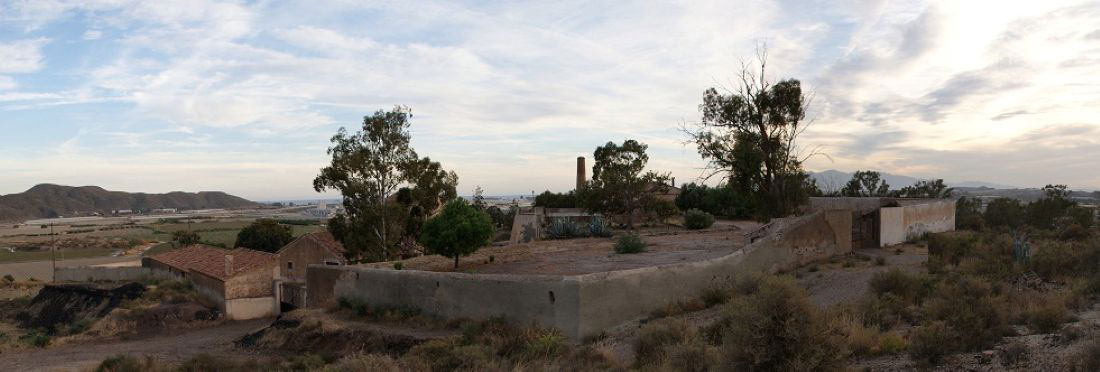
The Atlas also revealed so much more than was previously realized about the foundry known as the Fabrica Nueva. One of the things that I had been puzzled by were the four holes below the lower, main condensation tunnels that showed on Google Earth.
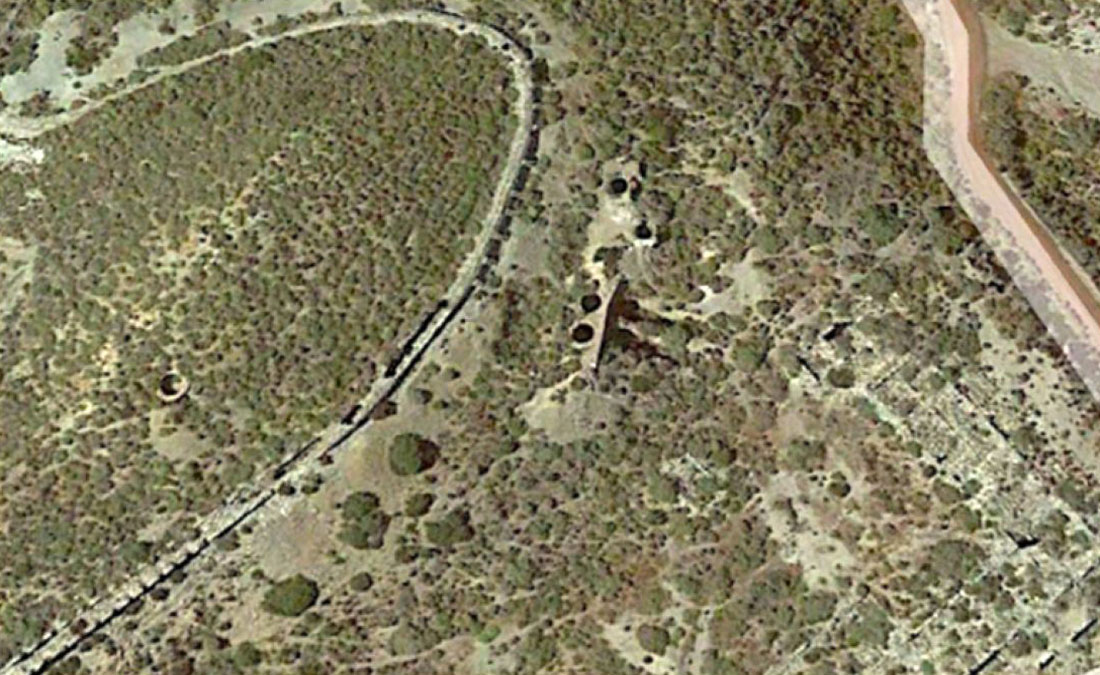
The two on the left hand side are the remains of coking ovens used to convert the imported coal to coke for the smelters. The other two are lime kilns for the production of the all important lime flux.
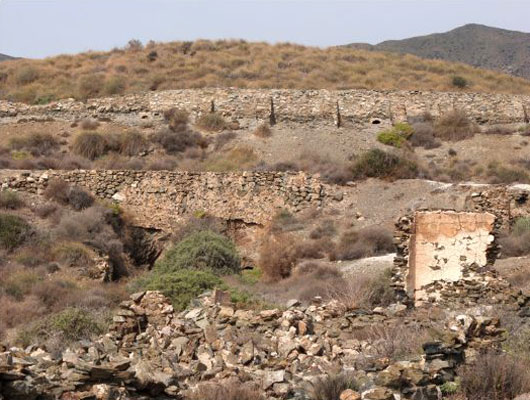
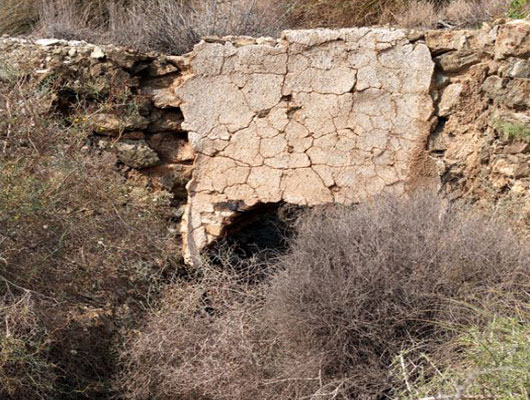
Shifting sands
When it rains heavily in the Sierra Almagrera the barrancos resemble waterfalls. The water tumbles down, dislodging boulders and sweeping everything its path. New gullies are created and paths swept away. Some structures are buried while occasionally others are revealed. One such revelation was what appeared above the fork in the track in the Barranco Chico de la Torre on the way up to the San Juan pumping station. I have always thought that the left fork by the brick built pipe was not a man made track because of the way that the water washed down it. Antonio Jódar confirmed this when he told me that the strange pipe was to channel water away from the real track.
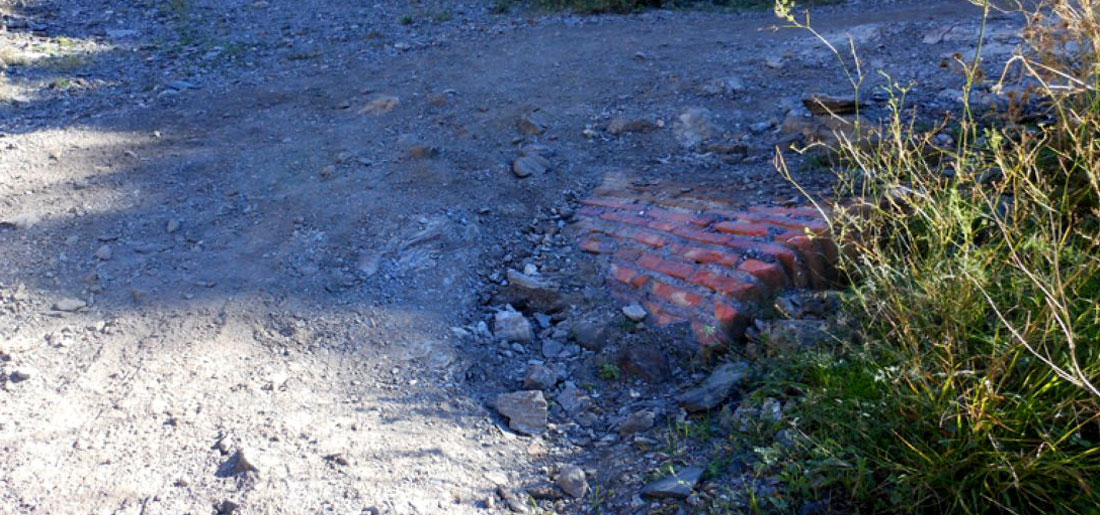
The water course is a convenient short cut that I have used many times, however, this one time a series of ore small washing tanks had been revealed. Like so many structures in the mountain it was constructed of the surface slate and rendered with what is know locally as argamasa. This mix of sand, water and lime produced from the local clayey limestone gave the very durable, impermeable render that is still lining the tanks after 100 years.
